Paints can be blended to any shade or hue, but the mosaic medium requires that an artist render an image in a limited set of fixed colors.
The color palettes of molded glass tile product lines are limited to 40 to 60-ish colors, and this limitation seems to encourage novice artists to work in a posterized style of monochromatic color fields.
You can fight this tendency toward dullness and increase visual interest by variegating your monochromatic color fields with multiple shades of the same hue or a set of related hues.
You can also use stained glass instead of molded glass tile or smalti.
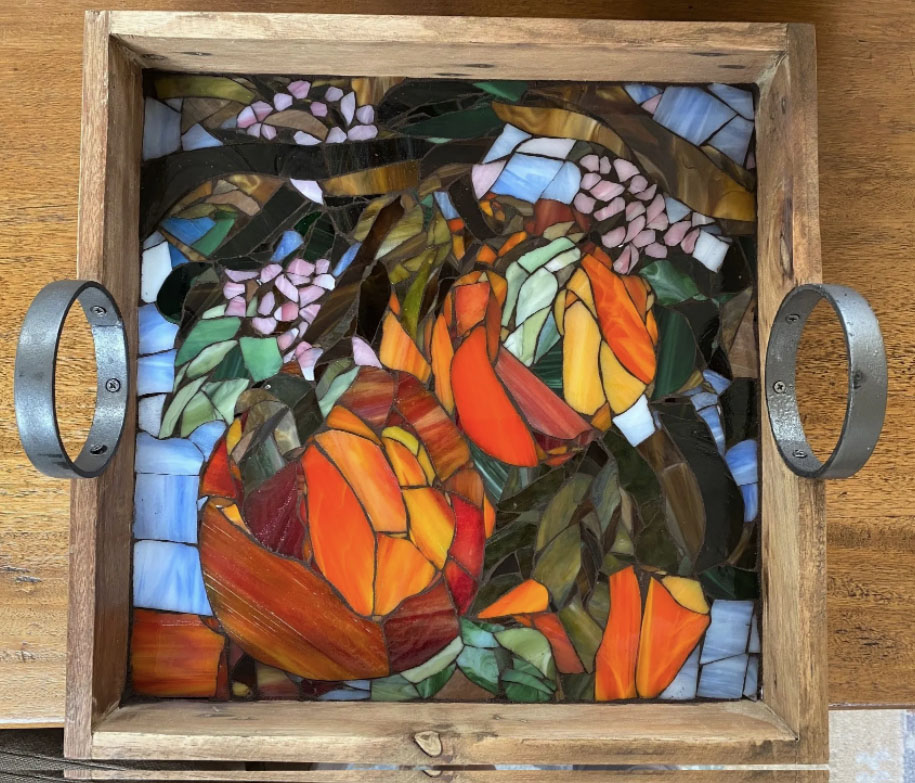
Mosaic as Fine Art
Using stained glass instead of molded glass tile greatly expands the selection available since the artist can cut the right tint or shade from part of a swirled sheet of multiple colors (or one color swirled with white or black).
BUT, it turns out mosaic is just as much a subtle art form as oil painting is.
Even when given all the combinations of hues and tints and shades available in stained glass, not every artists can render in a way that is visually exciting.
Artist Yolanda Bergman creates stained glass and smalti mosaics in a painterly style that is brimming with visual excitement.
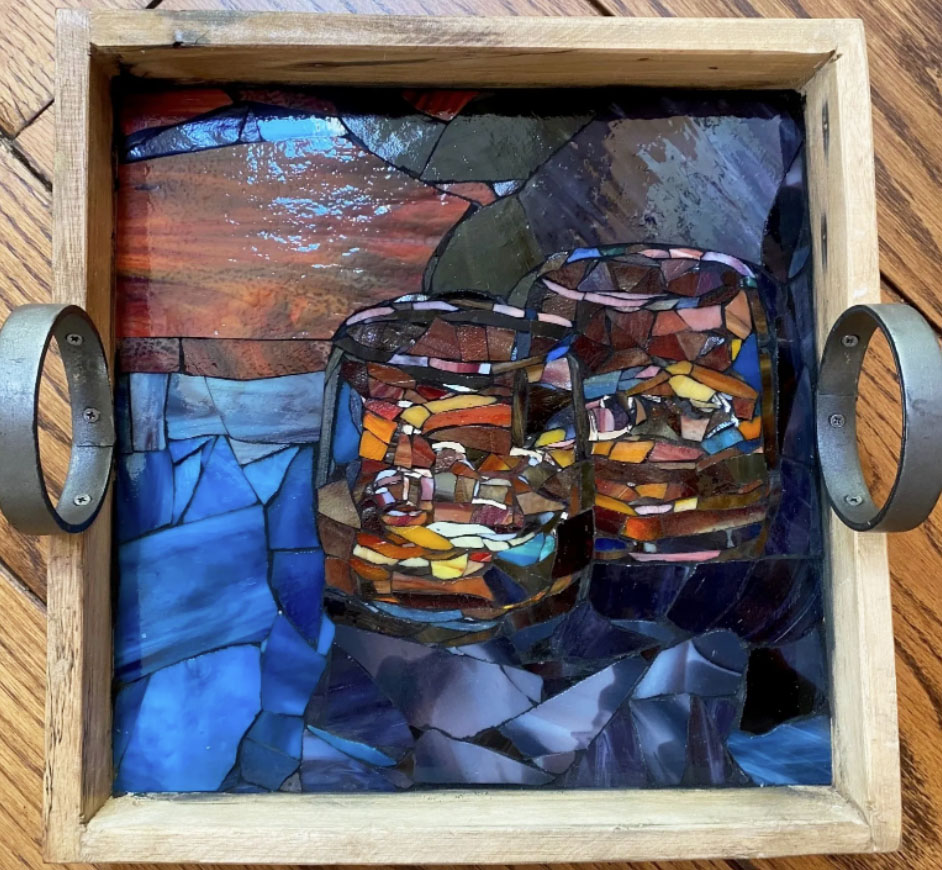
If you don’t know what I mean by painterly style, look at the many portraits made by American painter John Singer Sargent. (You can type “John Singer Sargent” into Google Images for a good selection.)
Notice how Sargent’s images are hyper real because they are naturally rendered, but all the color fields have intense contrasts of hue and shade within them, like borrowed pieces of Impressionism.
Notice how Yolanda does the same things in her mosaics.
I cannot say enough about how much I like Yolanda’s mosaics and how much I recommend taking some time to look at work that has this level of visual interest in the color fields.
Teach your eye to see the complexity in an image.
Learn to render this detail with unexpected flourishes of color instead of paving it over with a monochrome field.
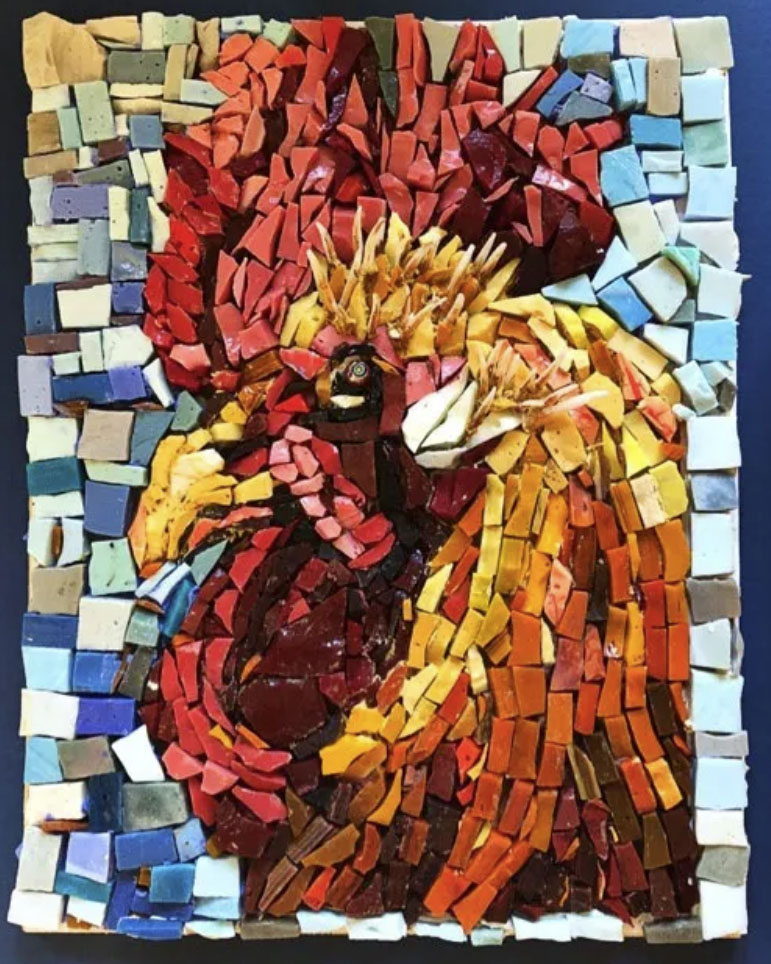
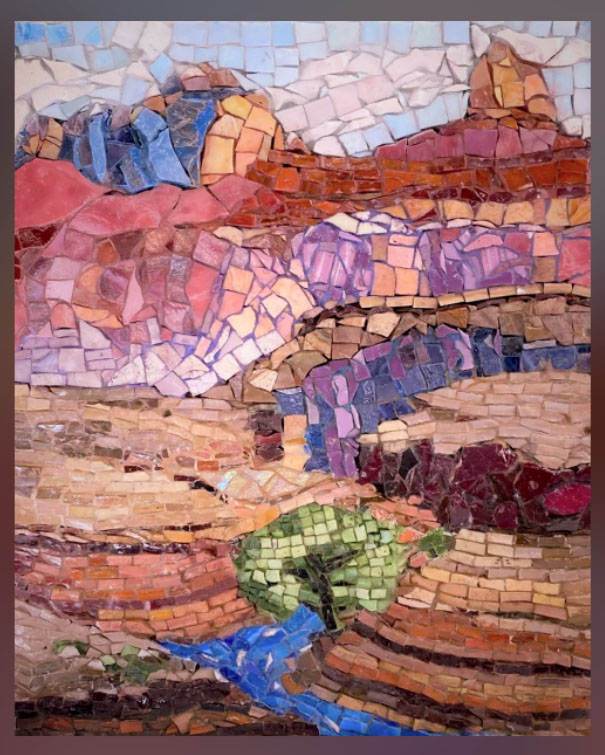
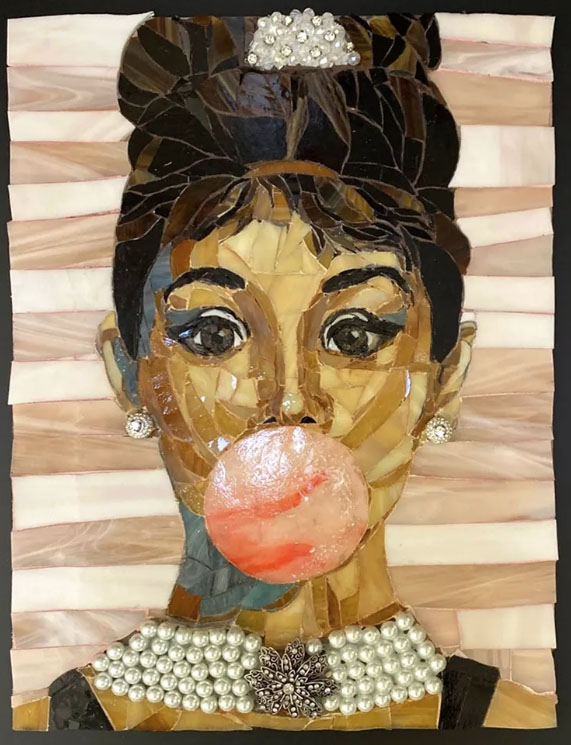
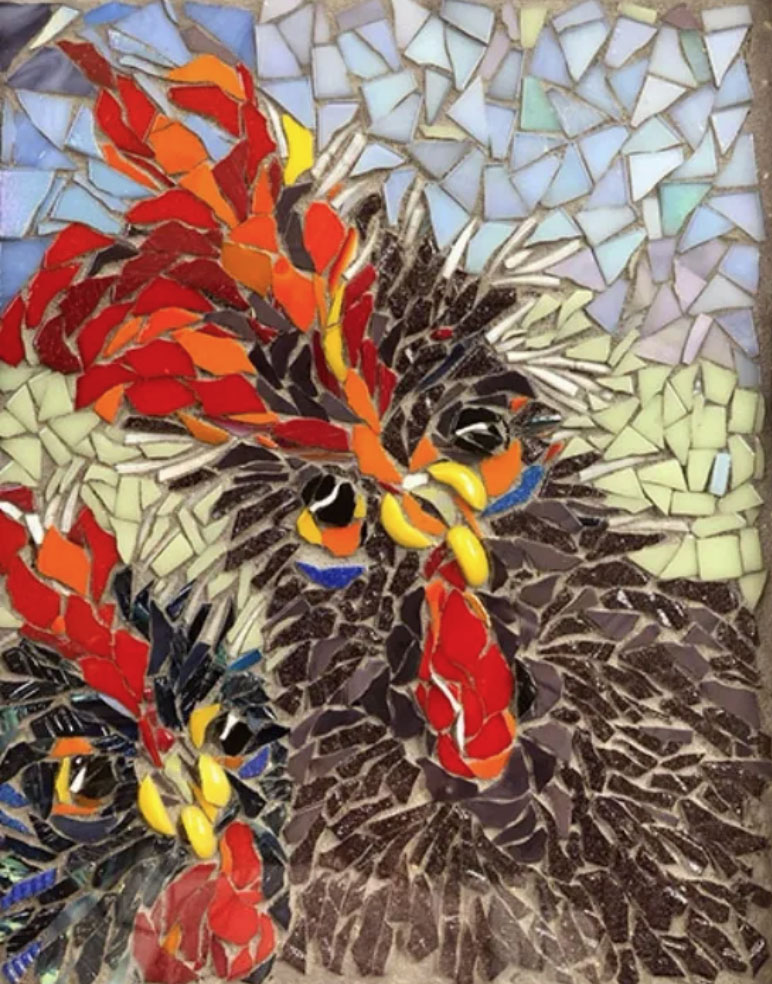
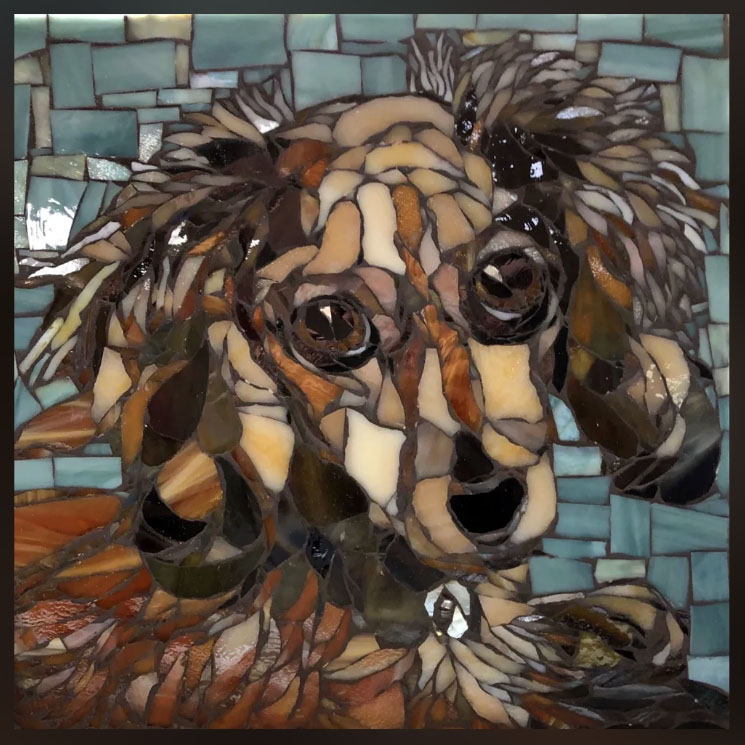

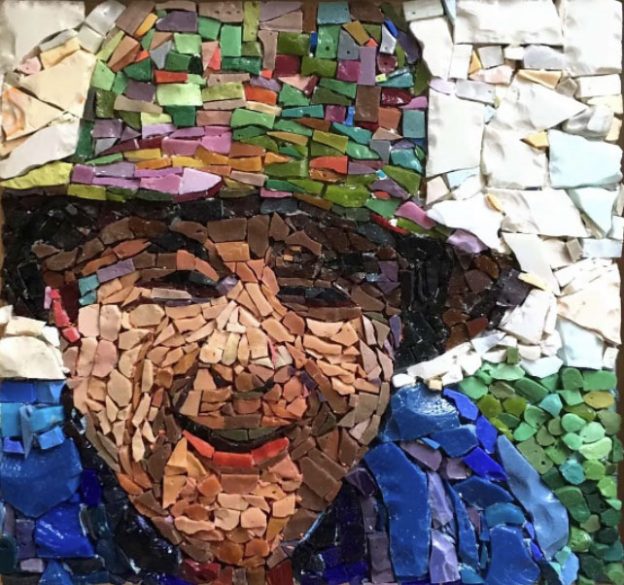
Leave a Reply